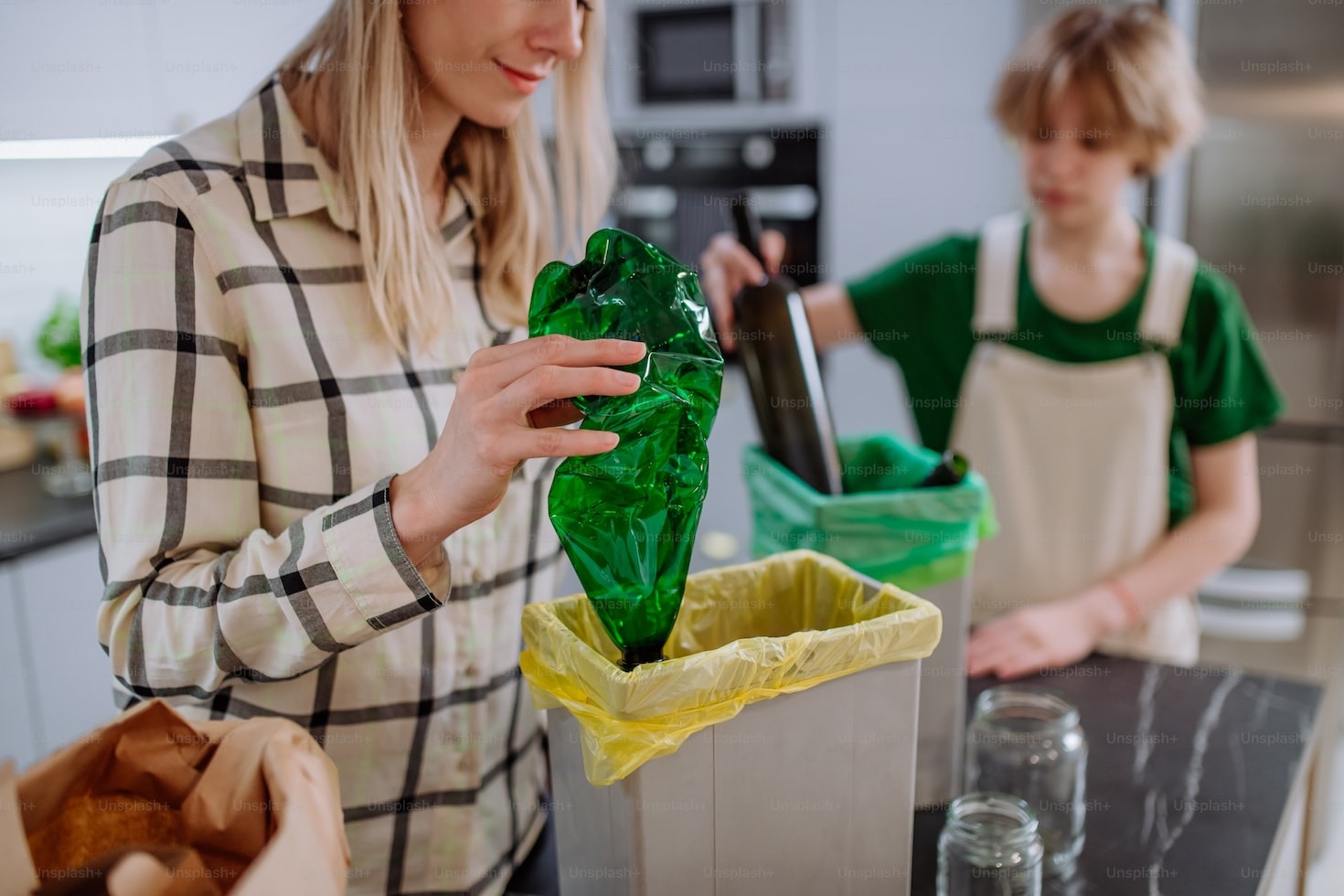 Back to Top
Back to Top
Hotline 085218084493
085218084493
Hotline 085218084493
085218084493
Category
Tips
Realizing the Environmental Vision of Future Design for Sustainable Plastic Bottles
Articles & Blogs Category

Realizing the environmental vision of future design for sustainable plastic bottles involves a number of strategies and innovations aimed at reducing the negative environmental impact of the production, use and disposal of plastic bottles. Integrating recycled materials and bioplastics into plastic bottle designs is a key step. Using recycled materials helps reduce reliance on new raw materials, while biodegradable bioplastics help reduce the carbon footprint.
Replacing traditional plastic materials with alternative, more environmentally friendly materials, such as glass or lightweight metal, can be an option to reduce environmental impact and increase recyclability. Encouraging reuse by creating plastic bottles that are durable, easy to clean and aesthetically pleasing can increase consumer awareness about the importance of reuse. Collaboration between manufacturers, governments and environmental organizations can create policies, regulations and incentives that support the development and use of sustainable plastic bottles.
If you need a plastic jerry can container and plastic bottle, visit Kadujaya Perkasa immediately. Kadujaya Perkasa is a jerrycan factory, HDPE plastic factory, blow moulding factory, and HDPE jerrycan factory that always provides the best products for consumers. In addition to plastic bottles, we also sell jerrycans. All plastic bottles and jerry cans from Kadujaya Perkasa are safe for children and can be used many times.
If you're looking to buy jerry cans in Surabaya, buy jerry cans in Jakarta, buy jerry cans in Bandung, buy jerry cans in Banten, or buy plastic bottles, just trust Kadujaya Perkasa.
Other Articles & Blogs
 Back to Top
Back to Top